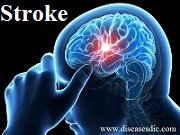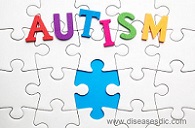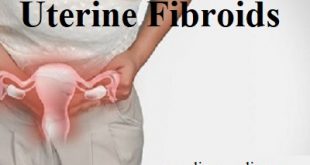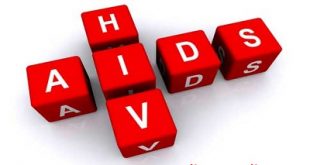Definition A stroke is a “brain attack”. It can happen to anyone at any time. It occurs when blood flow to an area of brain is cut off. When this happens, brain cells are deprived of oxygen and begin to die. When brain cells die during a stroke, abilities controlled …
Read More »Bad Breath – Causes, Treatment and Prevention.
Definition Bad breath, medically called halitosis, can result from poor dental health habits and may be a sign of other health problems. Bad breath can also be made worse by the types of foods you eat and other unhealthy lifestyle habits. Halitosis, or bad breath, most often starts in the …
Read More »Autism – Causes, Epidemiology, and Prevention.
Definition Autism, or autism spectrum disorder (ASD), refers to a range of conditions characterized by challenges with social skills, repetitive behaviors, speech and nonverbal communication, as well as by unique strengths and differences. We now know that there is not one autism but many types, caused by different combinations of …
Read More »Testicular Cancer – Symptoms, Causes and Treatment.
Definition Testicular cancer is a disease in which malignant (cancer) cells form in the tissues of one or both testicles. It occurs in the testicles (testes), which are located inside the scrotum, a loose bag of skin underneath the penis. Testicular cancer Epidemiology Studies of testicular cancer in selected …
Read More »Uterine Fibroids – History, Causes, Treatment and Prevention.
Definition Uterine fibroid is the most common benign (not cancerous) tumor of a woman’s uterus (womb). Fibroids are tumors of the smooth muscle found in the wall of the uterus. They can develop within the uterine wall itself or attach to it. They may grow as a single tumor or …
Read More »HIV – Causes, Risk factors, Symptoms, and Prevention.
Introduction HIV is a virus that attacks the immune system, which is our body’s natural defense against illness. The virus destroys a type of white blood cell in the immune system called a T-helper cell, and makes copies of itself inside these cells. T-helper cells are also referred to as …
Read More »Rickets – Epidemiology, Symptoms and Treatment.
Definition Rickets is a bone disorder caused by a deficiency of vitamin D, calcium, or phosphate. Rickets leads to softening and weakening of the bones and is seen most commonly in children 6-24 months of age. Vitamin D promotes the absorption of calcium and phosphorus from the gastrointestinal tract. A …
Read More »Trachoma – Epidemiology, Symptoms, and Prevention.
Definition Trachoma is a contagious bacterial infection which affects the conjunctival covering of the eye, the cornea, and the eyelids. It is often associated with poverty and lack of proper hygiene. Trachoma is caused by the Chlamydia trachomatis bacteria and is essentially totally preventable and curable. It is the leading …
Read More » Diseases Treatments Dictionary This is complete solution to read all diseases treatments Which covers Prevention, Causes, Symptoms, Medical Terms, Drugs, Prescription, Natural Remedies with cures and Treatments. Most of the common diseases were listed in names, split with categories.
Diseases Treatments Dictionary This is complete solution to read all diseases treatments Which covers Prevention, Causes, Symptoms, Medical Terms, Drugs, Prescription, Natural Remedies with cures and Treatments. Most of the common diseases were listed in names, split with categories.








